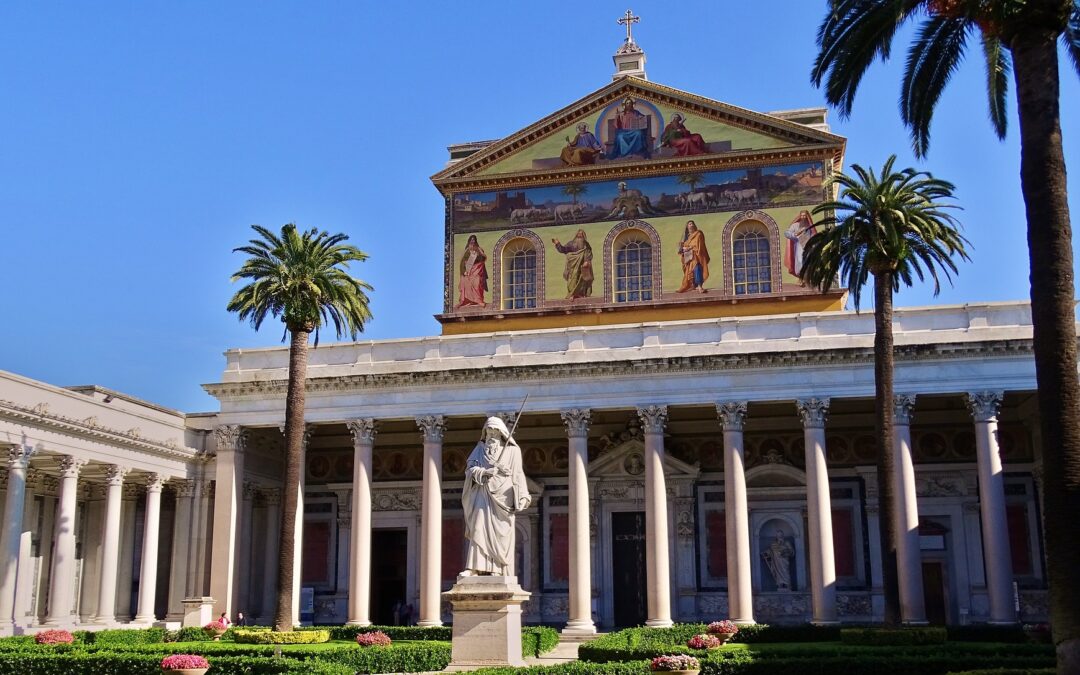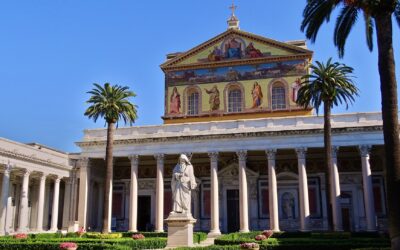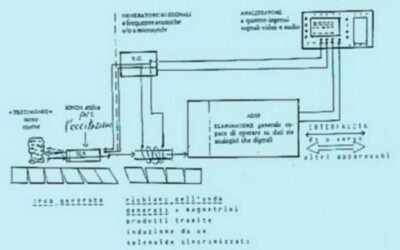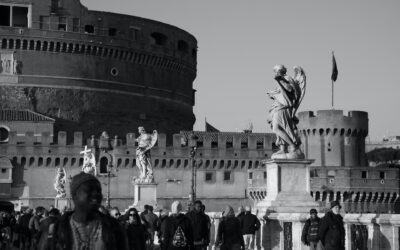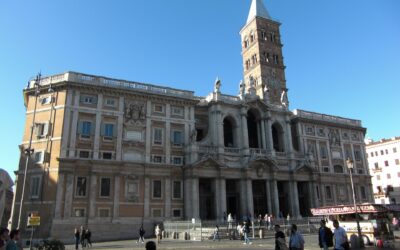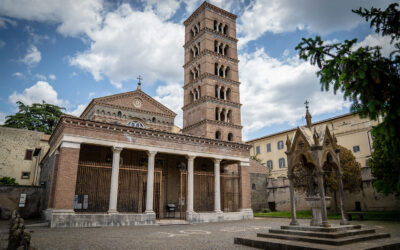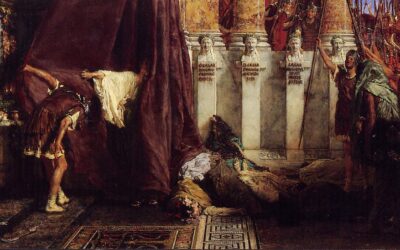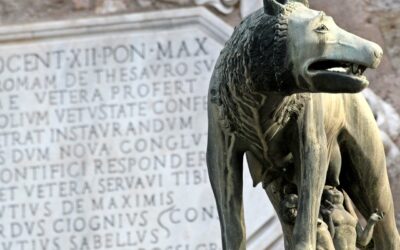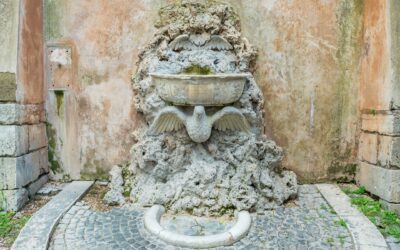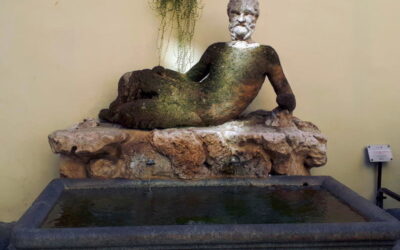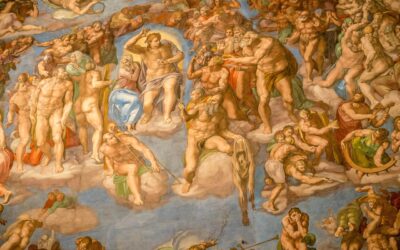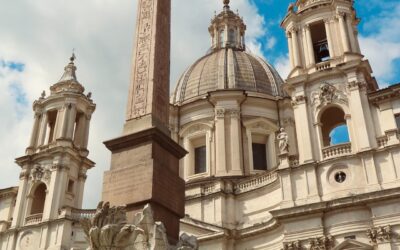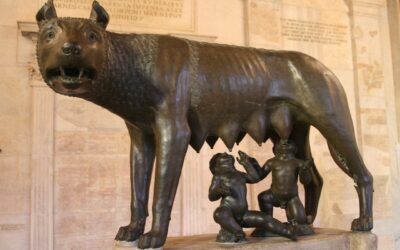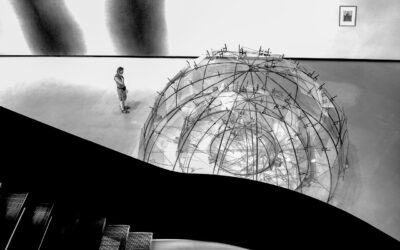Rome, the eternal city, is home to numerous architectural wonders and cultural landmarks. Among these treasures, Fontana di Trevi, or the Trevi Fountain, stands as one of the most iconic and breathtaking sights in the Italian capital. With its grandeur, historical significance, and association with the concept of “dolce vita,” the fountain has become a symbol of Rome’s timeless charm and allure.
Located in the Trevi district, the Fontana di Trevi has captured the imagination of visitors for centuries. This magnificent Baroque masterpiece is the largest fountain in Rome and one of the most famous fountains in the world. Designed by Italian architect Nicola Salvi and completed by Giuseppe Pannini in 1762, the fountain stands at the junction of three roads, or “tre vie,” from which it derives its name.
The Trevi Fountain is not just a simple water feature; it’s a work of art that tells a captivating story. The central figure of the fountain is Oceanus, the god of the sea, who stands on a chariot pulled by two seahorses, each guided by a Triton. Oceanus, with his commanding presence, symbolizes the immense power and influence of the oceans. The surrounding sculptures and reliefs depict various allegorical figures, such as Abundance and Health, portraying the abundance and well-being brought by water.
One cannot help but be enthralled by the sheer scale and intricacy of the Trevi Fountain. The white marble, the glistening water, and the play of light and shadow create a mesmerizing spectacle. As you approach the fountain, the sound of cascading water grows louder, evoking a sense of tranquility and awe. The Trevi Fountain’s magnificence lies not only in its physicality but also in its cultural and historical significance.
The concept of “dolce vita,” meaning “sweet life” in Italian, is intrinsically tied to the Fontana di Trevi. Coined by Italian filmmaker Federico Fellini, the term encapsulates a carefree and indulgent lifestyle associated with post-war Rome. Fellini’s iconic 1960 film, “La Dolce Vita,” explores the decadence and allure of Rome’s high society during the 1950s and early 1960s. The Trevi Fountain features prominently in the movie, becoming a symbolic backdrop for the characters’ escapades and desires.
In “La Dolce Vita,” the fountain becomes a meeting point, a place of rendezvous and longing. The characters gather around the fountain, engrossed in conversations, romantic encounters, and existential ponderings. The film’s protagonist, Marcello Rubini, played by Marcello Mastroianni, famously takes a late-night dip in the fountain, embracing the freedom and spontaneity of the “dolce vita” lifestyle.
Fellini’s portrayal of the Trevi Fountain in “La Dolce Vita” helped solidify its status as a romantic and cinematic symbol. The movie captured the essence of a society caught between tradition and modernity, reflecting the aspirations and contradictions of a changing Italy. As a result, the Trevi Fountain became a must-visit destination for those seeking to experience their own “dolce vita” moment.
Visiting the Fontana di Trevi is an enchanting experience that immerses you in the heart of Rome’s vibrant energy. As you throw a coin into the fountain over your shoulder, a traditional gesture believed to ensure a return to the eternal city, you become part of a centuries-old tradition. The ritual, immortalized in countless films and photographs, symbolizes hope, luck, and the desire to return to Rome.
The Trevi Fountain continues to be a source of inspiration and fascination for artists, writers, and travelers alike. Its allure lies in its ability to evoke a sense of timelessness, allowing visitors to transcend the present and connect with history and beauty. Whether it’s the golden glow of the afternoon sun or the fountain’s ethereal glow at night, the Fontana di Trevi holds an almost magical quality that captures the imagination.
Beyond its cinematic and cultural associations, the Trevi Fountain is a testament to the rich artistic heritage of Rome. The Baroque style, with its elaborate ornamentation and theatrical flair, is exemplified in the fountain’s design. The careful craftsmanship and attention to detail are a testament to the skill of the artists and architects who brought this masterpiece to life.
Moreover, the Fontana di Trevi has witnessed countless historical moments and events throughout its existence. It has been a witness to triumphs and tribulations, standing as a silent observer of Rome’s evolution. From the turbulent times of the Roman Empire to the modern era, the fountain has remained a constant presence, reminding us of the city’s enduring spirit.
In conclusion, the Fontana di Trevi is more than just a fountain; it is a testament to the grandeur, artistry, and history of Rome. Its association with the concept of “dolce vita” and its prominent role in Federico Fellini’s film have solidified its place in popular culture. As visitors gaze upon its majestic beauty and toss a coin into its waters, they become part of a timeless tradition and immerse themselves in the eternal charm of Rome. The Trevi Fountain stands as a symbol of the city’s allure and a gateway to the “dolce vita” lifestyle that continues to captivate the world.




